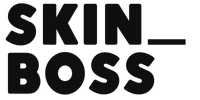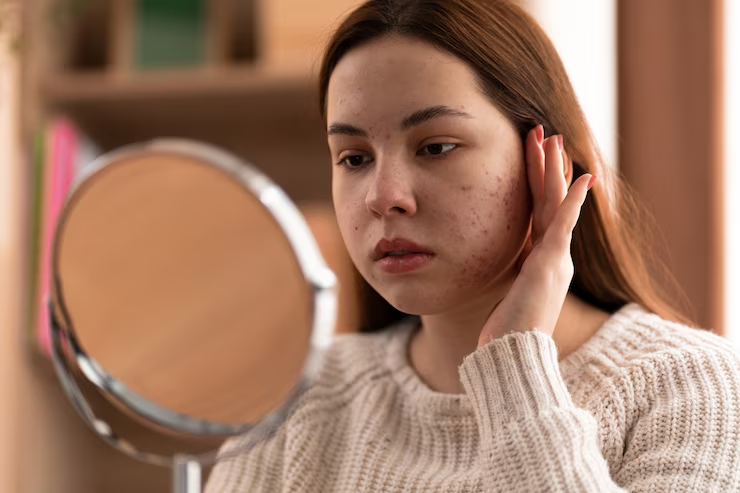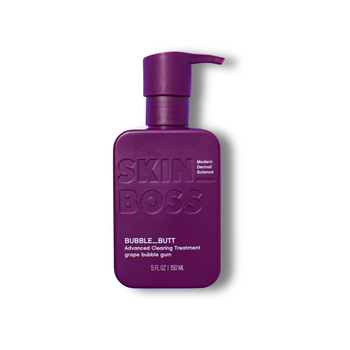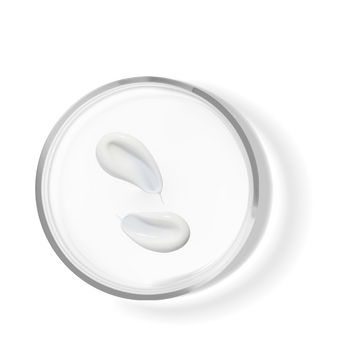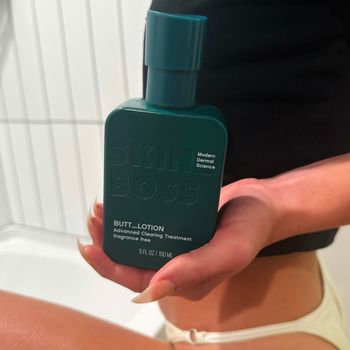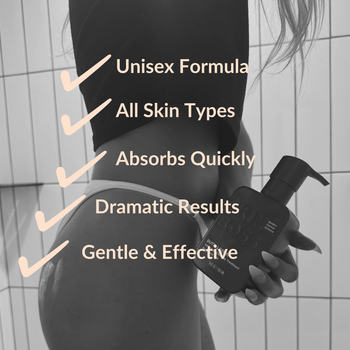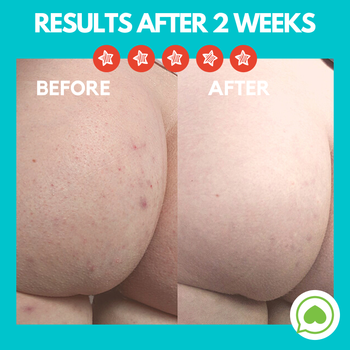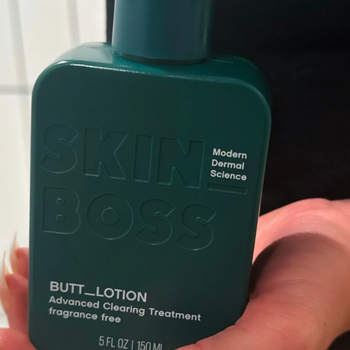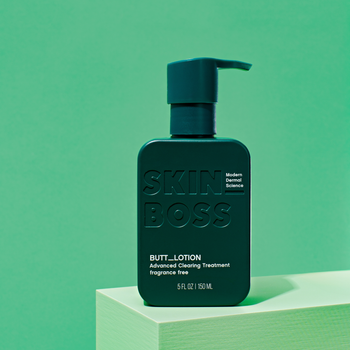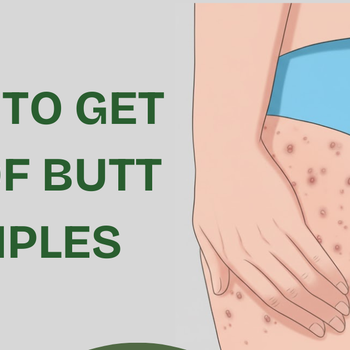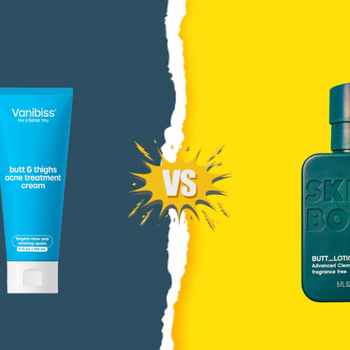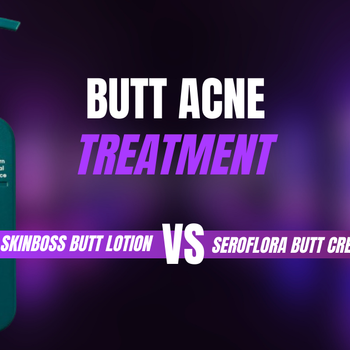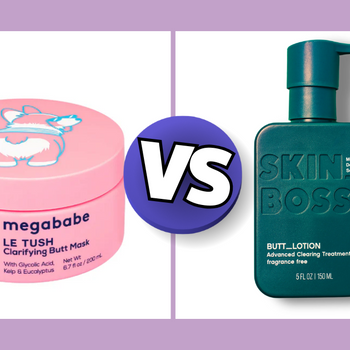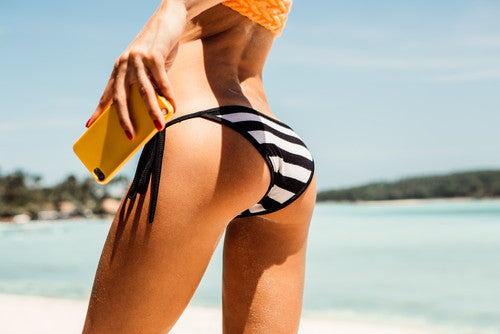Acne marks are one of the most common problems of skin, but all acne comes in different forms. Certain individuals will find acne on their buttocks, which is quite uncomfortable. However, there is a clear-cut difference between hormonal acne and bacterial acne, and understanding this difference is key because both types have different reasons and remedies.
With the right medical approach selected and the right treatment prescribed, you will manage your acne and face with more confidence. This article will cover the two types of acne, their treatment, dealing with butt acne, including how to treat butt acne, and share expert advice on the best ways to manage them.
What Is Hormonal Acne?
This type of acne is caused by changes in your hormone levels. This occurs at puberty, during an individual’s periods, while pregnant, or due to some medical diagnosis like polycystic ovary syndrome (PCOS). Due to these changes, their skin produces excessive oil, which blocks pores and causes breakouts. It commonly develops on areas like the lower part of the face, jawline, chest, and back.
What Is Bacterial Acne?
Bacterial acne occurs when bacteria infect the pores. Tight clothes, poor skin hygiene, or sweat can be responsible for this type of acne. Yields on the buttocks, back, and shoulders. Inflammation caused by the bacteria makes the acne appear red and painful.
Key Differences Between Hormonal and Bacterial Acne
-
Location: Hormonal acne is more common on the lower face, while bacterial acne can occur all over the body.
-
Triggers: An imbalance of hormones is a reason for hormonal acne, whereas bacterial acne stems from bacteria, sweat, and friction.
-
Treatment: Hormonal acne may need medicine or hormone therapy, while bacterial acne is usually treated with antibacterial creams and better hygiene.
Effective Products and Treatments
To treat these types of acne, you need the right products. Here are some expert tips based on research:
-
Keep the area clean
Always wash the skin gently to remove oil, dirt, and sweat.
-
Use gentle exfoliators
Products with ingredients like glycolic acid or salicylic acid can help remove dead skin and unclog pores.
-
Wear loose clothing
Avoid tight clothes that rub against your skin and trap sweat.
-
Do not pick or pop pimples
This can cause more inflammation or leave scars.
To reduce bacteria and unclog pores, skin needs suitable treatment. For soothing and calming the skin, using non-comedogenic and fragrance-free creams is the best cream for butt pimples. To reduce existing acne and lessen the chances of future acne, butt clearing lotion should be used.
Conclusion
Learning how to differentiate between hormonal acne and bacterial acne will help you greatly in achieving clearer skin. With proper skincare routines, breakouts can be avoided, and the skin can heal. With skin care tips like how to treat butt acne,the best cream for butt pimples, and butt-clearing lotion, products designed specifically for butt acne will help achieve better results over time.
At Skin Boss, we aim to provide you with expert-backed solutions to aid in achieving healthy, smooth, and confident skin.
FAQS
Q: Should I moisturize after using butt acne cream?
A: Yes, always moisturize. It helps soothe and hydrate the skin, especially after using acne treatments that can be drying.
Q: Is butt acne the same as regular acne?
A: No. While it may look similar, butt acne is often caused by bacteria, sweat, and friction—not just clogged pores or hormones.
Q: How to test if acne is hormonal?
A: A visit to a dermatologist is the best way. They may do blood tests or ask questions about your cycle or medical history to find out.
Q: Can hormonal acne look like bacterial acne?
A: Yes, both types can look red and inflamed, which makes them hard to tell apart without expert advice.
Q: Where does hormonal acne usually appear?
A: It often shows up on the lower part of the face, jawline, neck, chest, and upper back.
